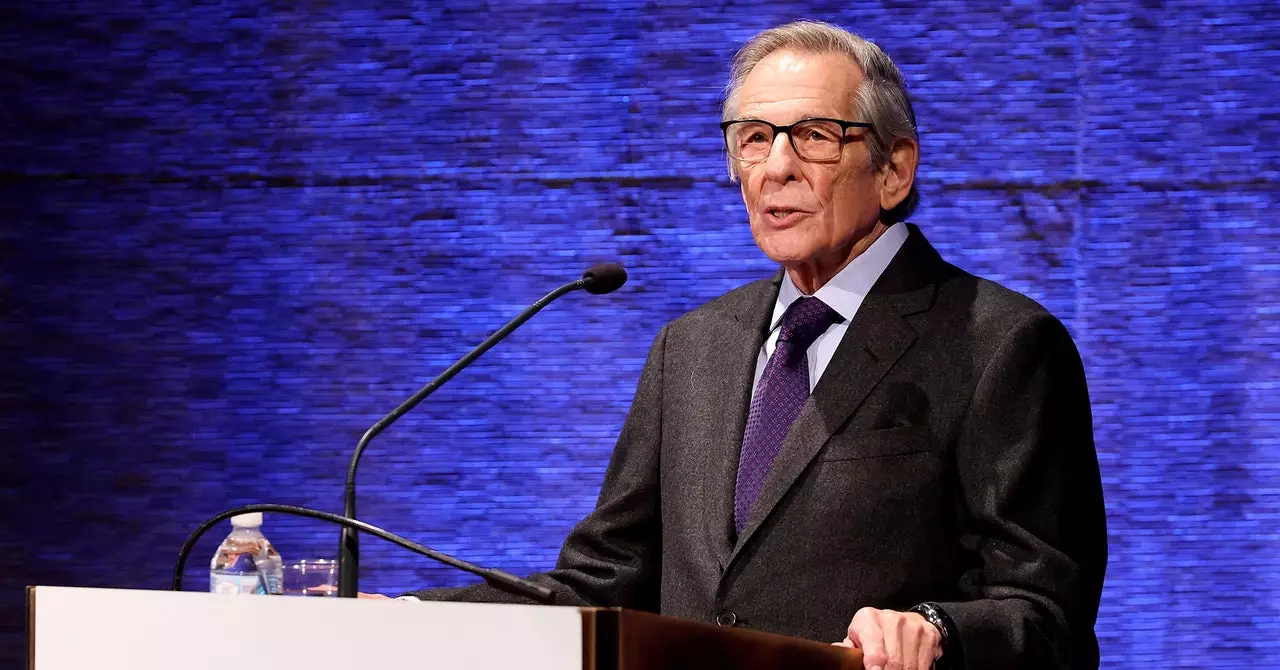In an era of rapid technological advancement, the demand for efficiency in professional communication has led many leaders to adopt various shortcuts. However, this trend carries inherent risks that can undermine the depth and quality of discourse within organizations. Notably, Jeff Bezos, the founder of Amazon, recognized the potential pitfalls of relying on superficial presentations. His decision to eliminate PowerPoint from meetings and replace it with a comprehensive six-page memo illustrates a commitment to in-depth analysis over conciseness. This approach compels individuals to deeply engage with their proposals, ensuring that every aspect of their argument is rigorously considered.
The ongoing dialogue surrounding the efficacy of summarization tools highlights a tension between accessibility and thoroughness. The rise of large language models (LLMs), capable of digesting and summarizing extensive information almost instantaneously, presents a double-edged sword. While they offer the convenience of brevity, there lies the danger of complacency; the more we lean on technology to deliver summaries, the less likely we are to engage with the original content that holds critical insights. The imposition of such reliance could inevitably lead to a decline in analytical writing skills and an overall erosion of communication quality.
As leaders and team members increasingly resort to AI-generated summaries, there’s a worrying tendency to neglect the craft of writing and the expression of nuanced ideas. This shift could fundamentally alter how we process information. If employees perceive that their emails, reports, and even strategic documents will be reduced to bullet points by AI assistants, the motivation to delve into compelling narratives may diminish. The beauty of language and the nuances of argumentation could fall victim to a mechanistic approach to communication, as individuals might retreat into basic checklist mentalities, reducing complex thoughts to mere sound bites.
The implications of this erosion of quality extend far beyond individual documents. When robust ideas are diminished to overly simplistic summaries, the essence of thoughtful dialogue is lost. The art of persuasive writing, which often sways opinions and drives innovation, may become obsolete, resulting in a homogenized output that lacks the vibrancy of diverse human thought. Writing becomes routine, devoid of the creativity that inspires individuals and motivates teams.
Historical figures such as Robert Caro, who has invested decades in crafting his intricate narrative on President Lyndon B. Johnson, underscore the importance of thorough research and deep storytelling. Had Caro’s approach been supplanted by LLMs, it’s conceivable that his monumental work would have been completed in a fraction of the time, albeit with less impact and significance. Great narratives require time, effort, and engagement, qualities that tools and shortcuts cannot replicate.
The shift towards summary-driven communication can also undermine the significance of face-to-face interactions in meetings. Take, for instance, Sam Liang, CEO of Otter, who notes that the availability of AI-generated summaries often reduces the necessity for individuals to attend meetings in person. Although this may optimize time management for leaders like Liang, it diminishes opportunities for spontaneous brainstorming and collaborative problem-solving, processes that thrive on active participation. Moreover, a leader’s presence is crucial; it offers insights and instills motivation, elements that cold summaries cannot replace.
In light of these challenges, it is imperative for organizations to strike a balance between leveraging technology and preserving the essence of meaningful discourse. Instead of fully succumbing to the allure of summarized content, leaders should encourage team members to engage deeply with material, fostering a culture that values critical thinking and rich communication. This can be achieved by limiting the dependence on summaries and instead promoting an environment where thoughtful discussions and analyses are the norm.
While the advancement of AI and summarization tools presents undeniable advantages, over-reliance on them can lead to detrimental outcomes. By deliberately choosing to prioritize comprehensive communication and nurturing critical thought, leaders can fortify the foundation of their organizations and ensure that the caliber of their discourse remains high. Only then can teams harness the full potential of their collective intelligence, paving the way for innovation and dynamic growth in an ever-evolving landscape.


Leave a Reply